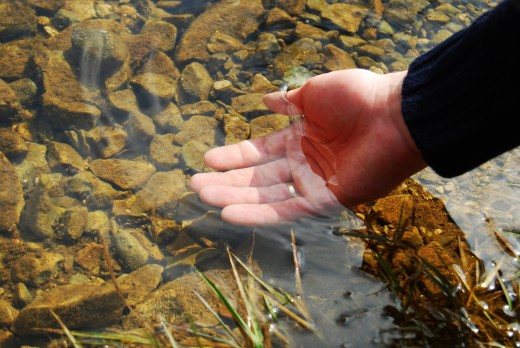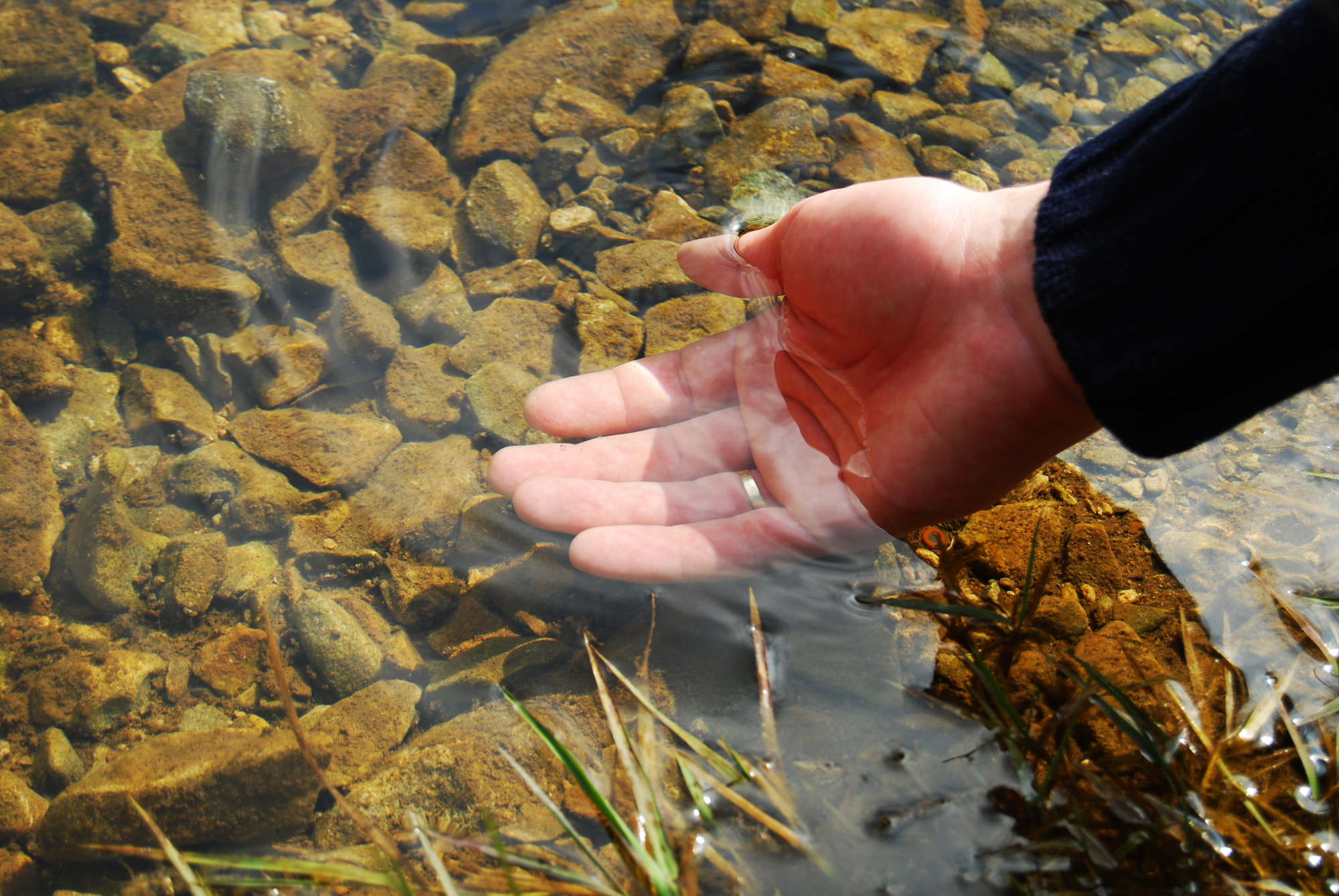With water supplies dwindling in certain areas, and with the amount of pollution in water supplies all over the world, it is more important than ever that we pay attention to cleaning up and conserving the precious resource we can’t afford to lose. Conservation typically begins and ends with the land surrounding the source. In order to conserve specific watersheds in an effort to preserve a clean source, the lands surrounding said source must be protected. There is funding – federal, state, and private – available for most conservation projects, which acts as an incentive to get the protection necessary. Prioritizing areas that are of the utmost importance, when it comes to conservation, is the first step in the right direction.
It Starts and Ends With Watersheds
A watershed is any area of land that drains water into one location. This can be lakes, wetlands, streams, rivers, estuaries, and so on. These watersheds supply our drinking water and are responsible for providing a habitat for plants and animals. Their importance cannot be overstated. Things like pollution, runoff, and erosion impact the health of a watershed, thus are all things to which we must pay attention in order to properly conserve our water. This nature.org article on The Importance of Watersheds is a great resource for simple protection facts and tidbits. The health of our water supplies is obviously correlated with our personal health, and that of those around us. So it’s obvious that the more knowledge and information taken in regarding preservation, the better. There are efforts throughout our country (and throughout the world for that matter), such as the Cadiz Water Project EIR, to create sustainable solutions intended to protect our watersheds.
Causes of Watershed Pollution
There are numerous causes when it comes to the pollution of watersheds and, in turn, our water supplies. Runoff of fertilizer and pesticides, drainage of waste from farms and factories, failed septic systems, and more are responsible for polluting the water on which we rely. With so many pollutants, it is important to identify the source of the problem, or from where the pollution is coming. This begins at a community level, wherein the support and cooperation of the entire public is necessary.
Getting to the Bottom of the Problem
The solution to cleaning up our watersheds and keeping them clean and sustainable doesn’t stop at merely pointing out the problems. It’s necessary that there be constant innovations, sustainable improvements, public involvement and communication, program integration and implementation, and so on. It takes different levels of cooperation from different agencies and groups of people in order to truly get to the protection necessary.
The Magnitude of Clean Water Issues
Aside from the aforementioned issues of maintaining a functional habitat for plants, animals, and humans alike, the magnitude of issues related to clean watersheds is global. Foods, tourism, production of different fibers and other manufactured goods, and more depend on healthy watersheds. Thus the monetary impact is also huge. Sustainability and preservation of the water used for so many things is crucial to just about every element of how we live. Understanding that a single watershed can have a global impact is crucial when it comes to realizing how important each one truly is. It starts at a local level and reaches far beyond that.
Land Conservation
Local land trusts, industry groups, landowner groups, and more all have an impact on how we protect the land on which our watersheds exist. Overdevelopment of certain areas and overall pollution of the land surrounding water sources impacts the water we use for so many things. The conversation surrounding sustainability and clean water must incorporate how we use land and how it’s managed. Protection is necessary at level. The symbiotic relationship between water and the land surrounding it must be taken into account in order to better implement strategies that will have a long lasting effect.
Effective Conservation Overall
Conservation at any level requires effective strategies and cooperation every step of the way. Land conservation is crucial when it comes to protecting and conserving water sources. Land use, potential and existing contamination issues, and protection and restoration of said lands will only benefit the watersheds that exist within those habitats. Conservation starts with identifying everything surrounding the watershed itself. Once measures are taken to protect the land, the watershed requires special care and attention.
Educating the public on all the elements of sustainability, conservation tactics, usage, problems (potential and existing), and everything else surrounding our water will go a long way in protecting it. It starts at the source and goes well beyond that, which is important when it comes to understating the impact of everything we do. Once steps are taken to find solutions to each problem, it becomes increasingly important to stay on top things, as other issues will come to the forefront. An educated and knowledgeable public is the key component when it comes to bringing forth effective solutions for water conservation.




